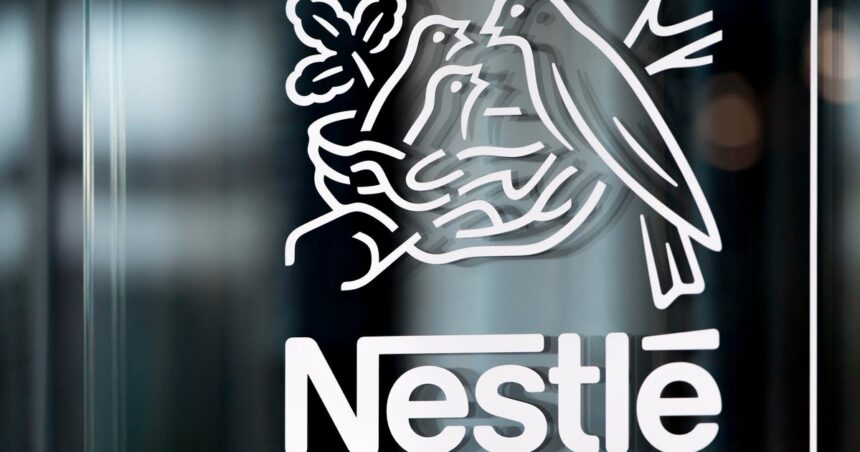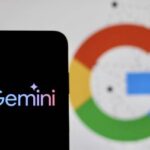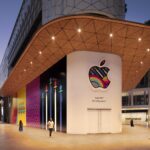Nestlé said Wednesday it will eliminate artificial colors in its U.S. food and beverage by mid-2026.
This is the latest promise of large food companies to manufacture. last week, Kraft Heinz and General Mill They say they will remove artificial dyes from U.S. products by 2027. General Mills also said it plans to remove artificial dyes from U.S. grains and all foods provided at K-12 schools by mid-2026.
This move has broad support. According to an AP-NORC poll, about two-thirds of Americans favor restricting or re-engineering processed foods to remove ingredients such as added sugar or dyes. Both California and West Virginia recently banned artificial dyes in foods provided by schools.
Greg Abbott, Republican Governor of Texas, Sunday
The federal government is also stepping up scrutiny of artificial colors. In January when President Trump took office, a few days ago U.S. regulators ban dyes called red 3 From the nation’s food supply, cosmetics have been banned for nearly 35 years due to its potential cancer risk.
In April, Trump’s Health Secretary Robert F. Kennedy Jr. and FDA Commissioner Marty Makary said Agents will take steps to eliminate synthetic dyes by the end of 2026largely relying on the voluntary efforts of the food industry.
Nestlé previously guaranteed the removal of artificial dyes. The company said in early 2015 that it would remove artificial flavors and colors from its products by the end of that year. But the promise was not fulfilled.
Nestlé said Wednesday it has removed synthetic dyes from its products for the past decade, and 90% of its U.S. portfolio does not contain them. These include Nesquik Banana Strawberry Milk, which is made of red 3.
Nestlé said Wednesday it hopes to grow with changing nutritional needs and preferences of U.S. customers. “We are always looking for different ways to provide consumers with beautiful tasting, compelling options. As their diverse dietary preferences and nutritional needs grow, we evolve as they grow.”
He added: “Who serves and is happy for people is at the heart of everything we do and every decision we make.”









